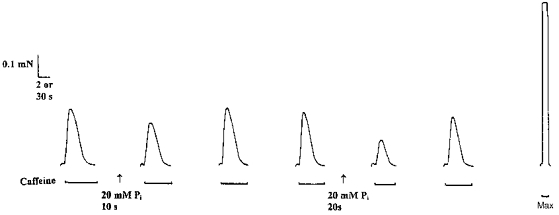Figure 1. Effect of 20 mm Pi exposure on caffeine-induced Ca2+ release from the SR.

The SR of a single mechanically skinned fibre was first completely depleted of all Ca2+ by exposure for 2 min to a K-HDTA solution containing 30 mm caffeine, 0.05 mm free Mg2+ and 1 mm total EGTA (termed caffeine solution: see Methods). The fibre was then reloaded (at pCa 6.7, 1 mm total EGTA) for 30 s, quenched for 10 s in a solution containing 1 mm total EGTA, and then once again depleted of Ca2+ in the caffeine solution. The protocol was repeated with the exception that the fibre was equilibrated for 10 s in 20 mm Pi. The subsequent response to caffeine was reduced by 25 % compared with controls (2nd response). A repeat of this protocol after the fibre had been washed for 7 min completely restored the response to caffeine (3rd response). The experiment was then repeated with a different equilibration period (20 s) in the presence or absence of 20 mm Pi. The response to caffeine following 20 s equilibration in Pi was reduced by 42 % of the interpolated control (5th response). Maximum Ca2+-activated force was determined with a solution of pCa < 4.5 (termed Max). Time scale: 2 s for caffeine responses, 30 s for response to Max.
